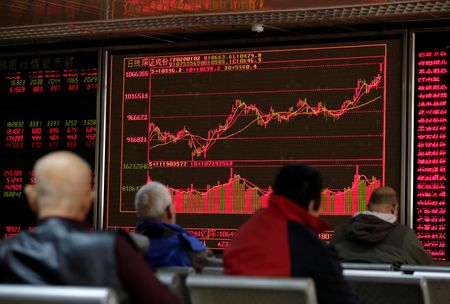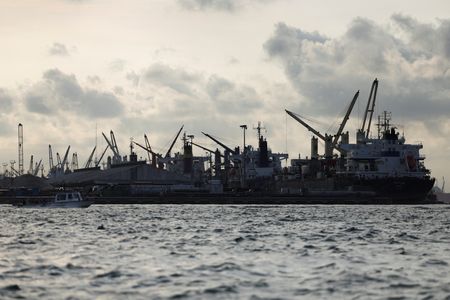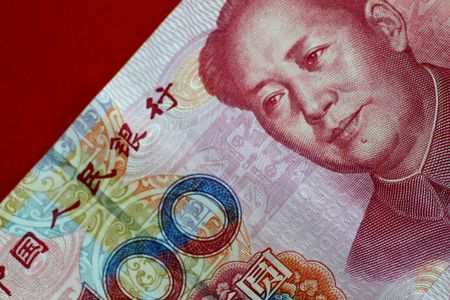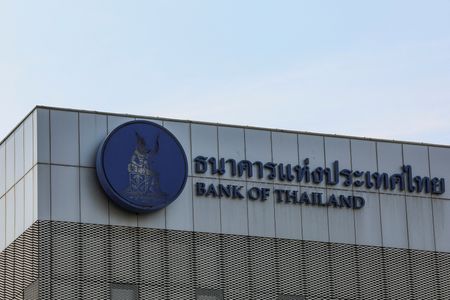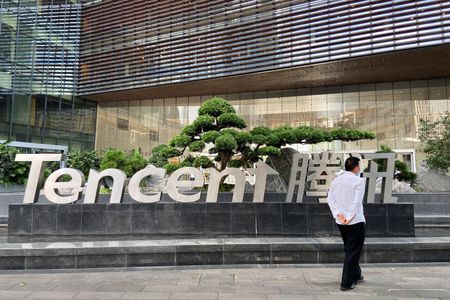By Rodrigo Campos
NEW YORK (Reuters) -This year’s popularity of emerging market assets is showing no sign of let-up as international investors poured a combined $55.5 billion into EM stock and bond portfolios in July, the second-largest monthly total in four years.
The total compared with $42.8 billion in June and $47.6 billion in July 2024, according to data on Wednesday from the Institute of International Finance. July’s total was the largest net inflow since $63.5 billion in September and the second-largest since June 2021.
The data showed Chinese debt attracted a net $30.8 billion, the most since March, while another $10 billion that went into non-Chinese EM stocks was the largest amount since December 2023.
The strong numbers were backed by performance, with MSCI’s 24-country EM stock index up 17% this year, compared to the S&P 500’s 9.5% advance. EM debt in dollars is up 8% while local currency debt gained over 11% through July.
“Flows into high-carry currencies have been persistent,” said Jonathan Fortun, a senior economist at the IIF, a banking trade group. “This has been particularly visible in markets like Brazil, Mexico, and South Africa, where elevated real rates have combined with more stable exchange rates to deliver strong total returns.”
He said “passive allocations” have amplified the trend, with local government bond ETFs registering steady inflows, reflecting a growing comfort with currency risk given this year’s weakening of the dollar.
Despite a dollar rebound in July, the EM currency index is up nearly 6% this year. The greenback has lost almost 8% against its main developed market peers and the weakness has spilled into August too.
Importantly, a weak U.S payrolls number last week tilted expectations towards as many as three rate cuts from the Federal Reserve before the end of the year.
“The weaker dollar has also bolstered carry trade performance, with investors able to capture high local yields without facing the same level of (currency) depreciation risk seen in past cycles,” said Fortun.
MORE GAINS COMING
Overall, EM equities saw a $16.3 billion inflow, the most since September, and $39.2 billion funnelled into debt, the most since March. The report highlighted equity inflows to South Korea which more than offset flows out of Taiwan.
The Seoul benchmark is up about 33% so far this year while the won has gained more than 6% against the dollar. Foreign ownership of South Korean stocks has risen steadily since mid April according to Goldman Sachs, yet at 29.6% it remains below the recent peak of 32% from July 2024.
(Reporting by Rodrigo Campos in New York; Editing by Cynthia Osterman)

